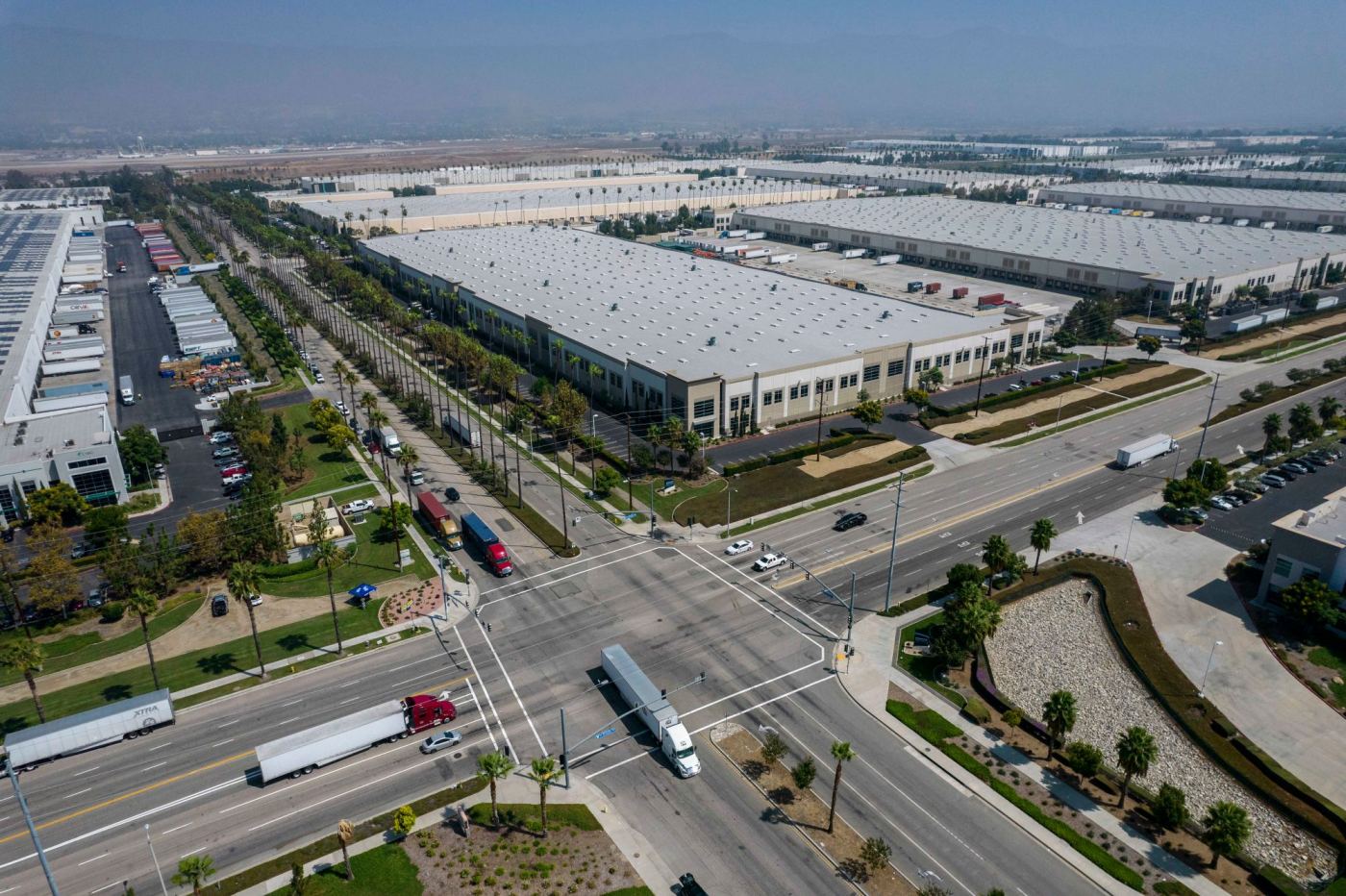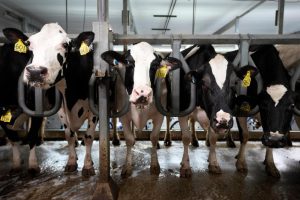A 3-year-old rule targeting air pollution linked to Southern California’s logistics industry won approval from the U.S. Environmental Protection Agency, federal officials announced Wednesday, Sept. 11.
The EPA’s OK of the Warehouse Indirect Source Rule means the agency and others can sue warehouses for not complying with the rule’s standards, provided that the EPA, South Coast Air Quality Management District or the California Air Resources Board aren’t pursuing civil actions against the same defendants.
“The green light from the EPA is a clear signal to other air districts across the country looking to address pollution from the rapidly expanding warehouse and logistics industries,” Regina Hsu, senior attorney for the environmental law firm Earthjustice, said in a news release.
The EPA’s approval “ensures that we will continue to make progress on improving air quality in the South Coast air basin,” Wayne Nastri, executive director of the air quality district — the agency behind the rule — said in a separate news release.
Southern California’s sprawling logistics sector, which connects the international ports of Los Angeles and Long Beach with Inland Empire warehouses and points beyond, is viewed as a double-edged sword by many.
The industry is an economic powerhouse employing tens of thousands. At the same time, it’s also blamed for contributing to the region’s notoriously poor air quality by using diesel-powered trucks belching toxic exhaust.
The air quality district, a public agency responsible for protecting air quality for more than 17 million people in Orange County and parts of Los Angeles, Riverside and San Bernardino counties, approved the rule in 2021.
The rule, which applies to warehouses greater than 100,000 square feet, sets up a system in which warehouses choose from a menu of options — installing rooftop solar panels and using zero-emission or near-zero emission trucks, for example — to score a required number of annual points based on calculations involving the number of truck trips a warehouse generates.
In lieu of earning points, warehouse owners can pay a fee that’s used to buy clean trucks, electric vehicle charging stations and clean fuel infrastructure in communities near the warehouse that paid the fee.
Environmentalists and advocates for low-income communities with warehouses as next-door neighbors supported the rule, hoping it will clear the skies and help the public breathe easier. Business groups and trucking industry executives argued the rule set unrealistic standards and required equipment that doesn’t yet exist.
Last year, the air quality district reported that 1,400 of the 2,000 warehouses subject to the rule weren’t in compliance.
Related Articles
Reid-Hillview Airport supporters say closure could endanger emergency response
Richmond kills refinery tax ballot measure in exchange for $550 million from Chevron
Richmond refinery tax could be pulled from November election in exchange for $550 million from Chevron
Air Quality advisory effective through Sunday
Air quality advisory extended through Saturday
Since then, the district has issued violation notices “and some have settled,” air quality district spokesperson Nahal Mogharabi said via email. Numbers provided by the district show 57 notices have been settled for $304,000.
While not directly impacted by the warehouse rule, the LA and Long Beach ports have been closely watching a separate and long-running effort by the air quality district to approve a Ports Indirect Source Rule.
If approved, port officials fear it could cap or limit the amount of goods coming through the LA/Long Beach gateway, impacting jobs and the economy. The port rule’s supporters argue that efforts to clean up the environment around the ports have been lacking.
Staff writer Donna Littlejohn contributed to this report.












